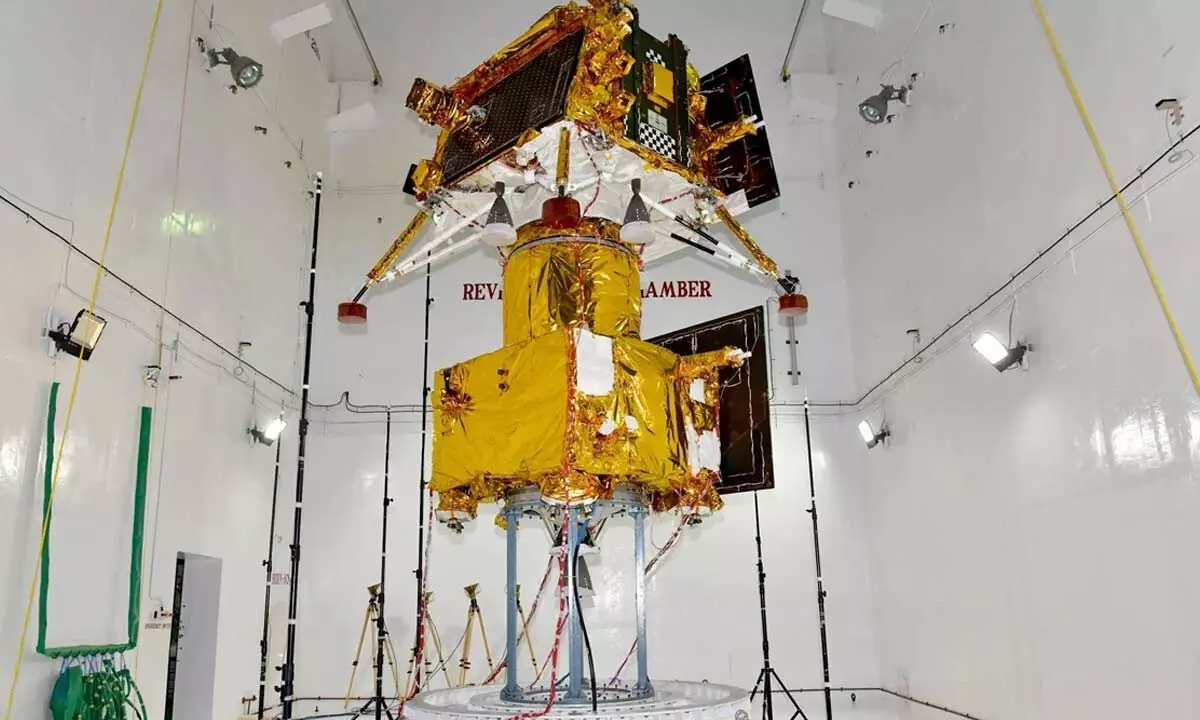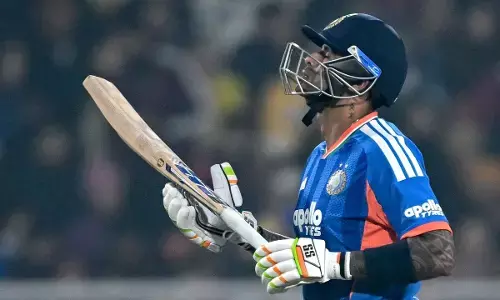Isro Launches Chandrayaan-3: Why is India Going to the Moon?

Isro Launches Chandrayaan-3: Why is India Going to the Moon?
Currently, at Sriharikota, the probe is being integrated with the rocket for takeoff, probably in July of this year. It will do more than science on the Moon.
The Indian Space Research Organization (Isro) is ready to launch the ambitious Chandrayaan-3 mission to the Moon. Currently, at Sriharikota, the probe is being integrated with the rocket for takeoff, probably in July of this year.
On its way to Earth's natural satellite, Chandrayaan-3 will take off from the Satish Dhawan Space Center in Sriharikota in the second or third week of July. Isro has yet to confirm the official launch date for the mission, but an announcement is expected soon.
Why is India going to the Moon?
For generations, the Moon has been a source of romantic fascination and scientific curiosity. From the story of its origin to the story of its evolution, the giant rock hanging in the darkness of the sky has survived millions of bombardments by other space rocks over the millennia.
India has been exploring the lunar world for over a decade as it continues to push its boundaries. It all started with Chandrayaan when Isro launched the maiden mission to the Moon, which eventually found water on the Moon.
However, there was a brief hiatus when the space agency lost the Chandrayaan-2 mission, but with its upcoming successor, Isro wants to go beyond the Moon's orbit and touch the Moon, literally.
The Goal of Science
The Chandrayaan-3 mission will explore the far side of the Moon and attempt a soft landing on the lunar surface. Isro has learned from the failure of the Chandrayaan-2 mission, which crashed on the Moon.
The main goal will be to demonstrate the ability to soft-land on the Moon and make India the fourth country in the world to have such a capability.
"Essentially, Chandrayaan-3 is similar to Chandrayaan-2 in terms of the mission architecture, science objective, and the overall mission," Isro chief S Somnath said at the India Today Conclave South.
Isro said the mission's Chandra Surface Thermophysical Experiment (ChaSTE) would measure thermal conductivity and temperature, while the Instrument for Lunar Seismic Activity (ILSA) would measure seismicity around the landing site.
The Langmuir (LP) probe will estimate the plasma density and its variations, and an array of NASA passive laser retroreflectors is accommodated on the mission for lunar laser ranging studies.
The Lander will be able to make a soft landing at a specific lunar site and deploy the Rover, which will carry out in situ chemical analysis of the lunar surface during its mobility.
"We had a failure of the Chandrayaan-2 mission, but the orbiter is there doing measurements and giving us data. We took pains to understand what went wrong and understand what the problem was. It was an error in the software," the Isro chief said on the failure of the previous moon mission.




















